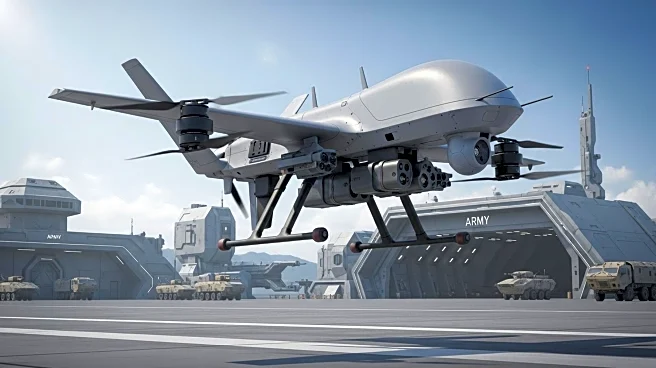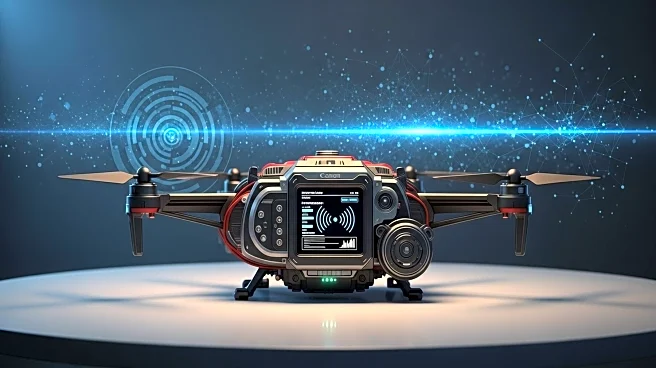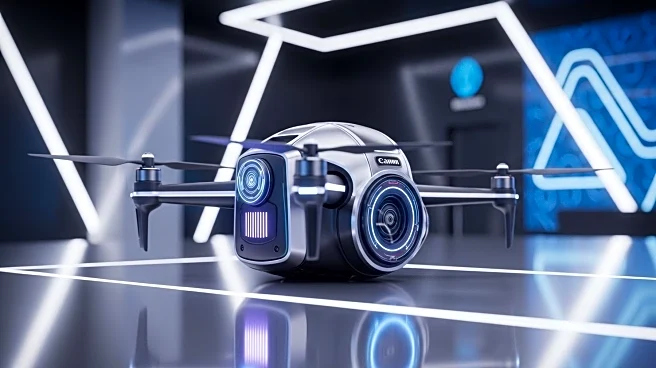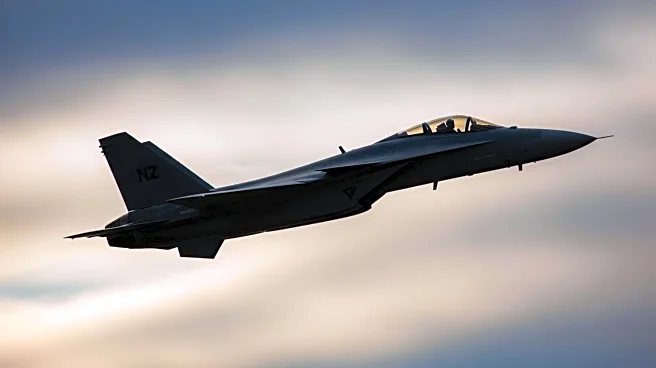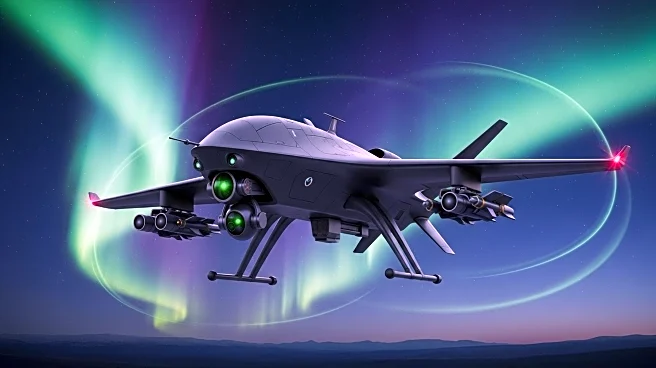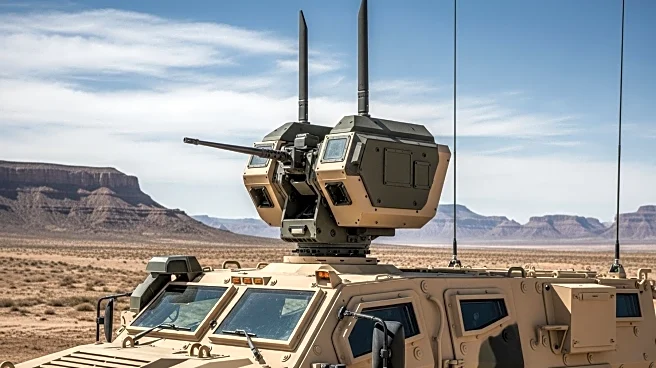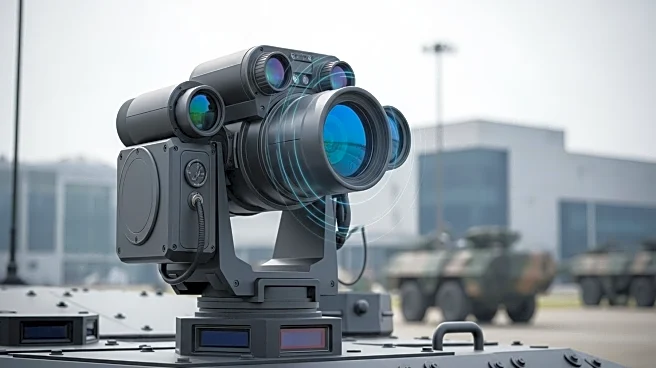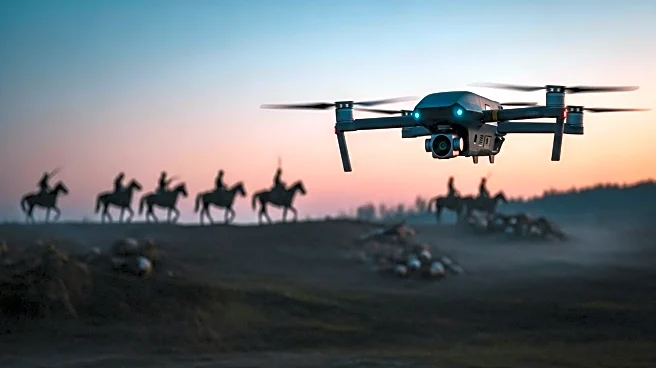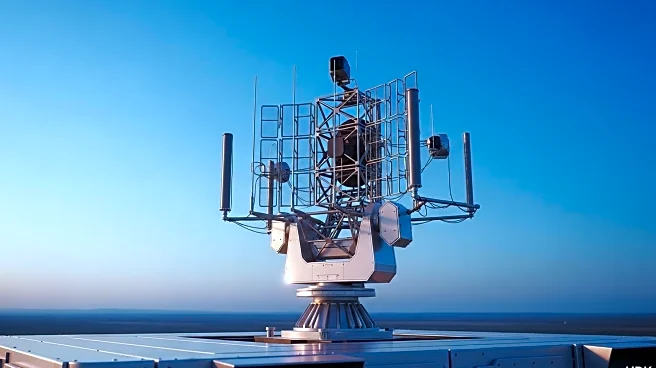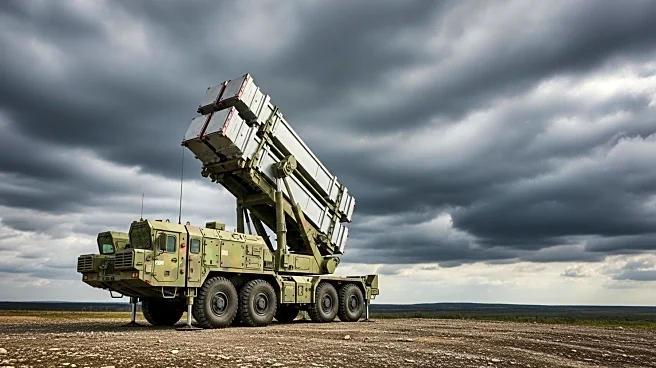What's Happening?
D-Fend Solutions has been awarded the Innovation Award in the 2025 Army Technology Excellence Awards for its EnforceAir2 system. This adaptive counter-UAS technology offers a flexible, non-jamming solution to neutralize hostile drones while minimizing risks to friendly operations. The system can be deployed in various configurations, including fixed-site, vehicle-mounted, and man-portable setups, allowing rapid adaptation to different mission profiles. EnforceAir2 uses RF-cyber takeover to control unauthorized drones, avoiding collateral damage and preserving mission continuity. The technology provides actionable intelligence by capturing drone data, supporting force protection and threat understanding.
Why It's Important?
The recognition of D-Fend Solutions highlights the growing importance of counter-UAS technologies in modern military operations. As drones become more prevalent in intelligence gathering and attacks, the ability to neutralize threats without disrupting friendly operations is crucial. The award underscores the need for innovative solutions that can adapt to various mission requirements and provide real-time intelligence. This technology enhances the Army's capabilities in protecting assets and personnel, contributing to national security and operational effectiveness.
What's Next?
D-Fend Solutions is likely to continue developing and refining its counter-UAS technology, potentially expanding its applications across different military branches and international markets. The Army may integrate EnforceAir2 into more units, enhancing its defense capabilities against drone threats. The success of this technology could lead to increased investment in counter-UAS solutions, driving further innovation in the field. Additionally, collaboration between military and technology companies may increase, focusing on developing advanced systems to address evolving threats.
Beyond the Headlines
The award raises ethical considerations regarding the use of drones in warfare and the balance between security and privacy. It also highlights the legal implications of deploying counter-UAS technologies, particularly in civilian areas. The development of such technologies may influence military strategies and doctrines, emphasizing the importance of electronic warfare and cyber capabilities. Long-term, this could lead to shifts in defense policies and increased focus on integrating advanced technologies into military operations.

